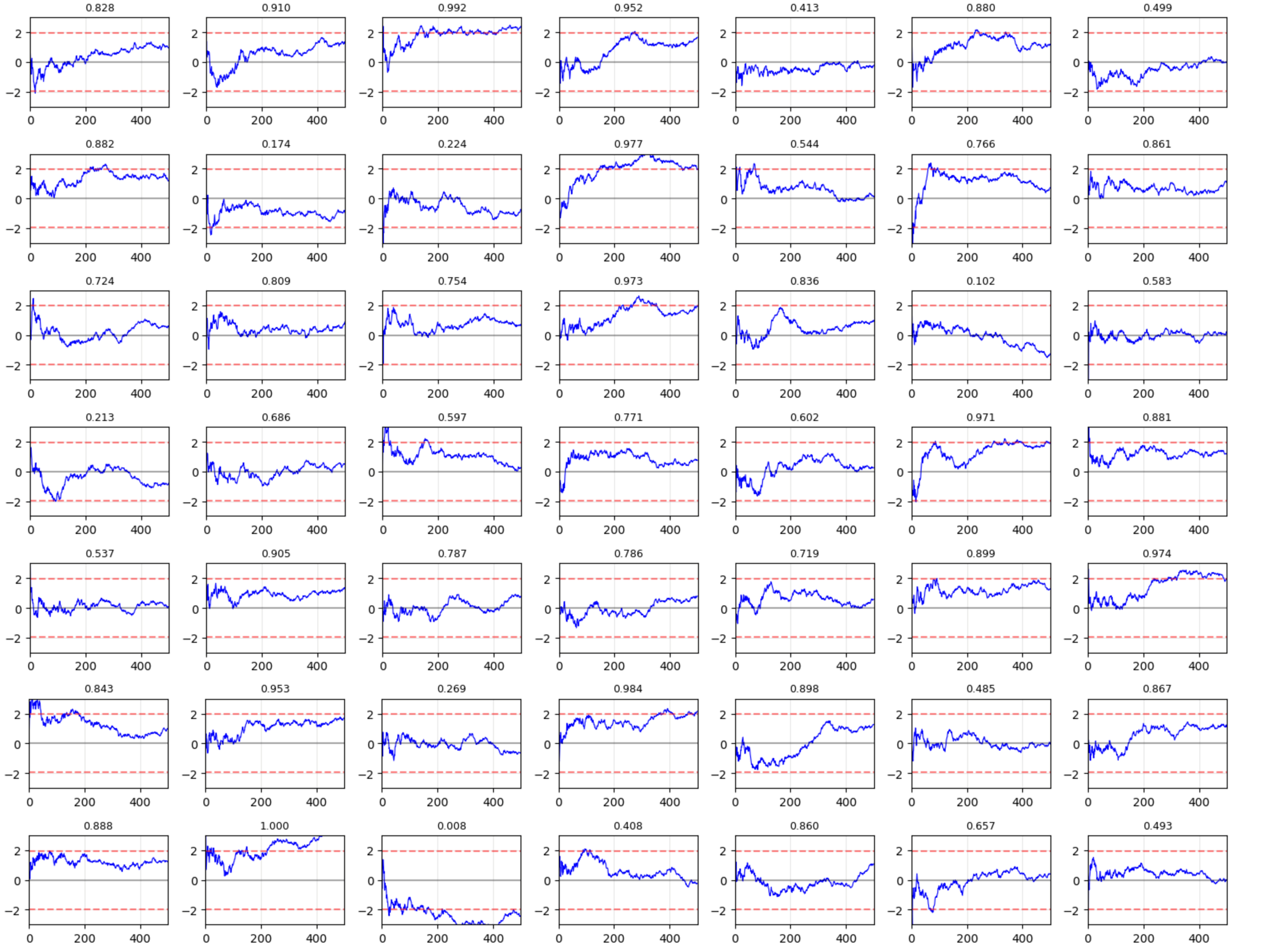
Your clinical trial could be twice as fast.
We can help your trial conclude as early as unblinded data would allow.


Clinical trial interim analyses have not changed much since the 1980s. This is because clinical trial blinding means key data can rarely or never be looked at by humans which has limited the potential for innovation. The large majority of industry sponsored blinded Phase 2 & 3 trials stated they did not use an interim analysis (209 of 332 trials completing in 2023 with data available on clinicaltrials.gov).
An upgrade is overdue.

With BRAKES, Presentient has advanced the state of the art in the field of data science to process unblinded data using automation inside dedicated enclaves to ensure it is blinded to all humans.
Incorporated inside BRAKES, we have also developed a high performing method optimised for rolling interim analyses which uses a statistical adversarial approach to Bayesian inference.

BRAKES can run 20+ “looks” per trial. BRAKES run on over a million realistic simulated trials, its prediction algorithm stops over half of failing trials a less than a third of the way in, potentially saving around 50% of the cost.
On realistic datasets BRAKES' error rates can be as low as 0.2% for BRAKES falsely recommending trial stoppage.

BRAKES' prediction algorithm is applicable to almost all clinical trial types other than some medical device and Phase 1 studies.
For the last 3 years we have validated BRAKES against a range of trial designs and data types from public source datasets with individual patient level data, client data from large and small biopharma companies.
BRAKES outperforms existing methods on almost every dimension.

BRAKES has been tested against noisy, heterogenous and complex trials. We have also developed our own stochastic simulation toolset for generating realistic synthetic trials that map on to distributions and effect sizes found on clincaltrials.gov.
Test our algorithm